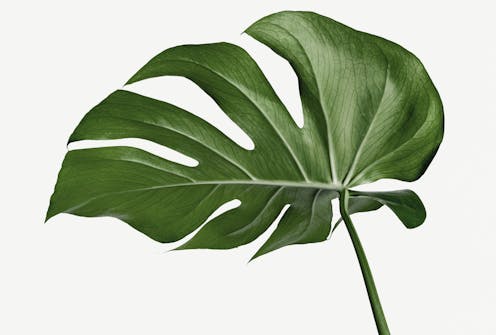A dying earth and a lament for lost fathers: Sheila Heti strips back the novel and makes it new
- Written by The Conversation

Sheila Heti’s slender, folkloric novel Pure Colour contains multitudes. It’s a love story, a lament. And it’s a philosophical enquiry into rupture: radical alteration caused by the death of a father, and a dying iteration of life on earth.
She had thought that when someone died, it would be like they went into a different room. She had not known that life itself transformed itself into a different room, and trapped you in it without them.
Review: Pure Colour by Sheila Heti (Harvill Secker)
To convey this intense defamiliarisation, Heti once again remakes the novel, as she did in her debut work of autobiographical fiction, How Should A Person Be? and its successor, Motherhood.
As its title suggests, in Pure Colour, human life is stripped to its bare minimum. It’s a story about the cultural moment we’re in: life on earth as a flawed first draft, nosediving into oblivion. Protagonist Mira is one of the three categories of human born from the eggs of a tripartite God:
Ready to go at creation a second time, hoping to get it more right this time, God appears, splits, and manifests as three critics in the sky: a large bird who critiques from above, a large fish who critiques from the middle, and a large bear who critiques while cradling creation in its arms.







